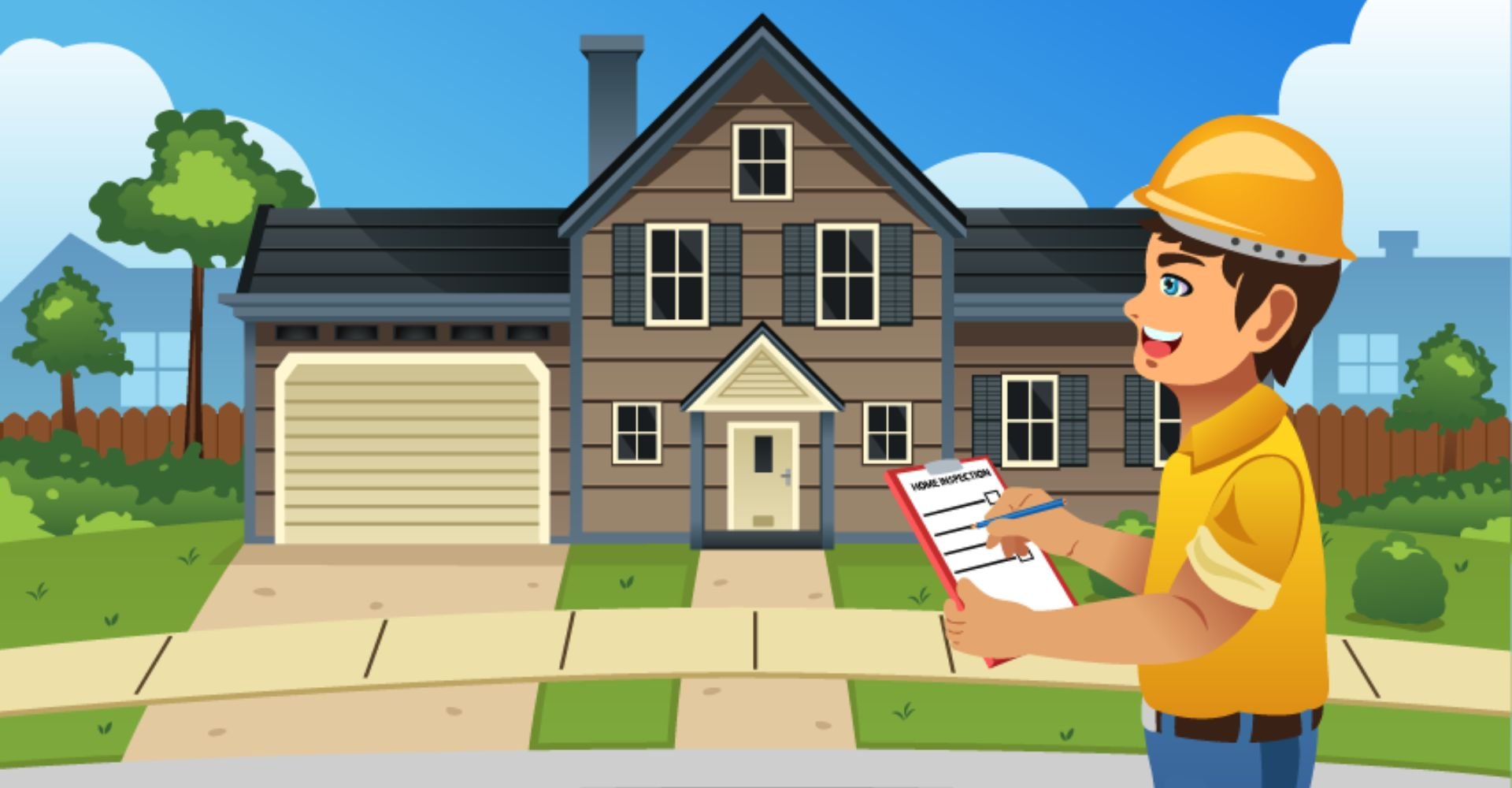What to Anticipate From Home Examination: a Comprehensive Checklist and Its Significance
Comprehending what to anticipate from a home inspection is necessary for both buyers and vendors in the real estate market. An extensive evaluation supplies a thorough checklist that evaluates vital components such as structural stability, significant systems, and general residential or commercial property condition.

Relevance of Home Inspections
The importance of home evaluations can not be overstated, as they work as a vital guard for both purchasers and sellers in the property market. For purchasers, a home examination offers an objective analysis of the residential property's condition, exposing potential problems that might not show up throughout a laid-back walkthrough. This procedure aids buyers make educated decisions and bargain repair work or rate changes prior to closing, inevitably protecting their investment.
On the other hand, vendors can gain from home inspections by dealing with concerns proactively prior to listing their residential property. This can enhance the home's marketability and possibly accelerate the sales procedure. A pre-listing assessment can additionally instill confidence in potential purchasers, as it demonstrates transparency and a commitment to maintaining the residential or commercial property.
Moreover, home assessments add to the overall safety and habitability of domestic homes. By determining structural, electrical, or plumbing concerns, they ensure that homes follow security requirements and policies. This not only shields the passengers yet additionally promotes the honesty of the actual estate market. In recap, home inspections are an important element of property transactions, giving important insights that foster trust fund and transparency amongst all events entailed.
Trick Elements of the Checklist
An extensive home inspection list encompasses numerous essential parts that guarantee a complete evaluation of a property's condition. The first part is the structural stability, which consists of the examination of the structure, wall surfaces, and roofing for any kind of signs of damages or damage. Next, the list addresses significant systems such as pipes, electrical, and cooling and heating, examining their functionality and safety and security.
One more critical location is the exterior of the home, which includes inspecting home siding, windows, doors, and roof materials for wear and prospective leakages. The checklist additionally covers interior components, including floor covering, walls, ceilings, and insulation, to identify any problems that might affect comfort or security.
Additionally, the checklist usually includes an examination of devices, guaranteeing they remain in great functioning order. Last but not least, the inspection should examine exterior spaces, consisting of patios, driveways, and decks, to examine their problem and security. Each of these elements plays a crucial function in offering an extensive understanding of the residential property, inevitably helping potential buyers in making informed decisions about their investment.
Common Concerns Discovered
Frequently, home examinations disclose a range of issues that can vary from small repair services to considerable safety and security worries. One common issue is the existence of water damages, commonly coming from leaking roofing systems, plumbing failings, or inadequate water drainage systems. Such damage can bring about mold development, which poses health and wellness risks and may call for comprehensive removal.

One more usual finding entails electric systems. Obsolete wiring, overloaded circuits, or incorrect grounding can create fire hazards and demand instant focus. Additionally, concerns with heating and cooling systems, such as poor maintenance or age-related inadequacies, can impact comfort and power expenses.
Structural issues like fractured foundations or endangered framing are additionally frequently noted. These concerns can result in serious effects if not attended to promptly. Pests such as termites or rodents might be uncovered, suggesting the potential for significant residential property damage.
Lastly, the problem of doors and windows often comes under scrutiny. Poor seals can result in energy loss, while damaged frameworks or glass can impact safety and aesthetics. Determining these usual problems during a home assessment is crucial for informed decision-making and making certain the security and long life of the residential or commercial property.
Getting Ready For the Examination
Preparation is essential for an effective home examination, ensuring that both sellers and customers can browse the procedure with confidence. Begin by arranging look at here the assessment at an equally practical time, enabling for appropriate access to the home. For vendors, it is a good idea to declutter and cleanse the home thoroughly, as a tidy setting can positively influence the examiner's assessment.

For purchasers, preparing involves assembling a list of details problems or areas of passion to discuss with the examiner. By taking these preparatory actions, both celebrations can set the stage for a efficient and detailed home assessment experience.
Post-Inspection Actions
After the assessment is click for source full, both vendors and customers should take details activities to address the findings. For purchasers, the primary step is to meticulously review the evaluation report, keeping in mind any type of major concerns that might impact their decision. This file functions as an essential tool for negotiation. Purchasers might ask for repairs or credit histories from the seller based on significant concerns, such as out-of-date systems or architectural issues.
Vendors, on the various other hand, need to evaluate the searchings for to figure out which problems they can deal with before finalizing the sale. Dealing with minor fixings can boost the building's allure and potentially bring about a higher price. Additionally, vendors might pick to reveal issues to prospective buyers, promoting transparency and depend on.
In situations where considerable repair services are needed, both parties might gain from acquiring estimates or quotes from certified professionals. This allows for notified conversations relating to repair service responsibilities. It is vital for both vendors and purchasers to keep open lines of communication throughout this procedure to make certain a smooth purchase. By taking these post-inspection actions, both events can navigate the settlement landscape with self-confidence and clearness.
Conclusion
Home evaluations offer as an essential part in the actual estate purchase procedure, making sure a thorough analysis of a property's problem. Ultimately, the relevance of home evaluations can not be overemphasized, as they advertise educated decision-making and contribute to a smoother actual estate experience.
For customers, a home inspection provides an objective evaluation of the property's condition, disclosing possible issues that might not be visible during a laid-back walkthrough.On the other hand, sellers can profit from home inspections by resolving problems proactively before detailing their home (Home Inspection Lockhart).Typically, home assessments expose a variety of problems that can range Resources from minor repairs to considerable safety and security problems. Recognizing these usual issues during a home evaluation is essential for informed decision-making and guaranteeing the safety and longevity of the building
Prep work is vital for a successful home examination, making sure that both vendors and customers can navigate the procedure with self-confidence.